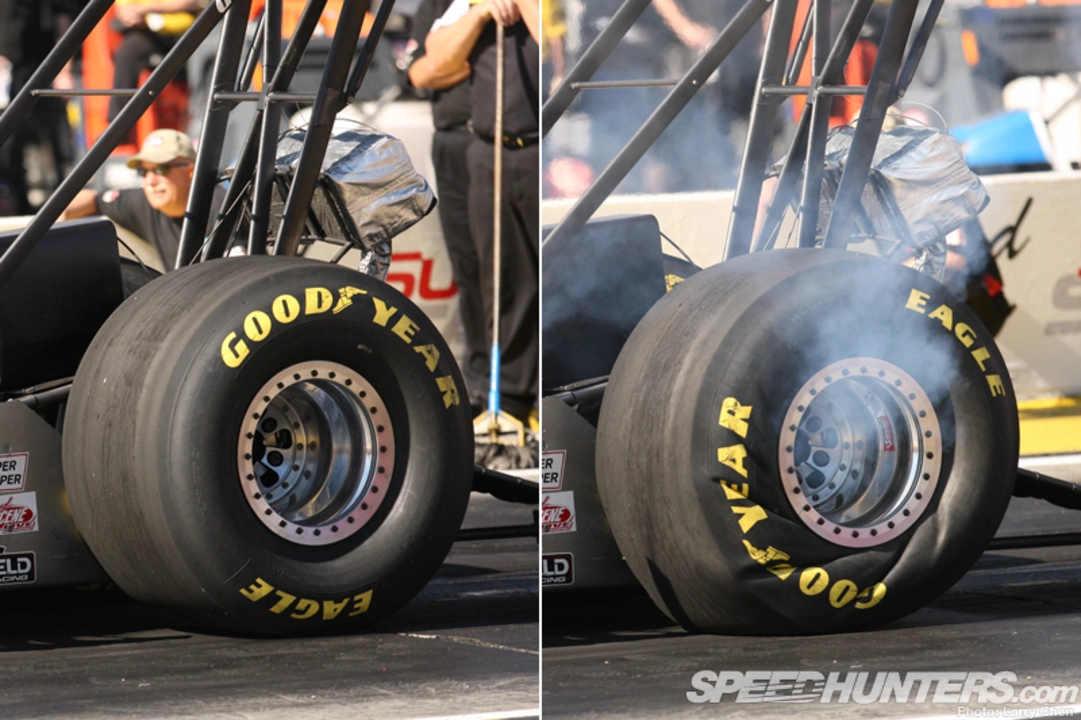Drag Racing Basics: What You Need to Know
Drag racing is all about straight‑line speed. Two cars line up at the start line, the lights go green, and they roar down a quarter‑mile track. It’s simple, loud, and addictive. If you’ve ever watched a car blast off at a drag strip, you already know the rush.
How a Drag Strip Works
A drag strip is a long, flat strip of pavement, usually 1,320 feet (a quarter mile) or sometimes 1,000 feet for shorter classes. The track has a staging area where drivers line up, a set of timing lights (the “Christmas tree”), and a finish line with electronic timing. When the green light flashes, the car’s engine delivers all its power to the wheels, and the driver focuses on holding the shift points and keeping the car straight.
The timing system records three key numbers: reaction time (how fast you moved after the green), elapsed time (how long it took to cover the distance), and top speed at the finish line. A good reaction time can win a race even if your car isn’t the fastest, so practice at the start line is crucial.
Car Prep for the Quarter‑Mile
Most drag racers start with a street car and tweak it for more power. Common upgrades include a high‑flow air filter, a performance exhaust, and a tuned ECU. If you’re serious, a supercharger or turbo can add a lot of horsepower, but you’ll also need stronger drivetrain parts and better brakes.
Weight reduction is another cheap way to improve times. Remove unnecessary seats, replace glass with plexiglass, and use lightweight wheels. Even a few pounds shaved off can shave hundredths of a second off your run.
Safety shouldn’t be an afterthought. A roll cage, fire‑extinguishing system, and a five‑point harness protect you if something goes wrong. Most tracks won’t let you run without these basics, and they’re worth the investment.
Getting Started in Drag Racing
First, find a local drag strip that offers “Saturday Night” events for amateurs. Most places have “Street Car” classes where you can bring a daily driver and race without major modifications. Sign up for a rookie ticket, pay the entry fee, and you’ll get a chance to learn the basics in a safe environment.
Before your first run, watch a few races, ask the seasoned drivers for tips, and make sure you understand the track’s rules. Practice your launch technique on a practice strip if the track provides one. A good launch is about balancing clutch release and throttle to avoid wheel spin while keeping the engine in its power band.
Don’t forget to log your runs. Write down reaction time, elapsed time, and any notes about how the car felt. Over time you’ll see patterns and can adjust your setup accordingly.
Watching Drag Racing Like a Pro
If you’re just a fan, arrive early to get a good spot on the inside lanes. The view is best close to the timing line, where you can see the smoke and hear the engines. Bring ear protection – the roar can be deafening.Keep an eye on the “Christmas tree” – it tells you the exact moment the race starts. The red lights count down, and the green lights flash. The difference between a 0.050‑second reaction and a 0.150‑second reaction can decide a win.
After the race, the winner’s car usually does a “burnout” or a “wheelie” celebration. It’s a great photo op, but remember to stay back for safety.
Drag racing combines raw power, quick reflexes, and a love for speed. Whether you want to race yourself or just enjoy the spectacle, the basics are easy to grasp. Get on a strip, tune a car, and feel the acceleration that makes drag racing so thrilling.
In drag racing, does spinning the tires really help?
0 Comments
In drag racing, I've often wondered if spinning the tires actually helps. From my research, I found out that it does, but only to a certain extent. Spinning the tires can help to heat them up for better traction, but excessive spinning can lead to tire wear and reduced performance. It's crucial to strike the right balance to get the maximum benefit from this technique. So, while spinning the tires can be helpful in drag racing, it's important not to overdo it to avoid any negative impacts.
Read More